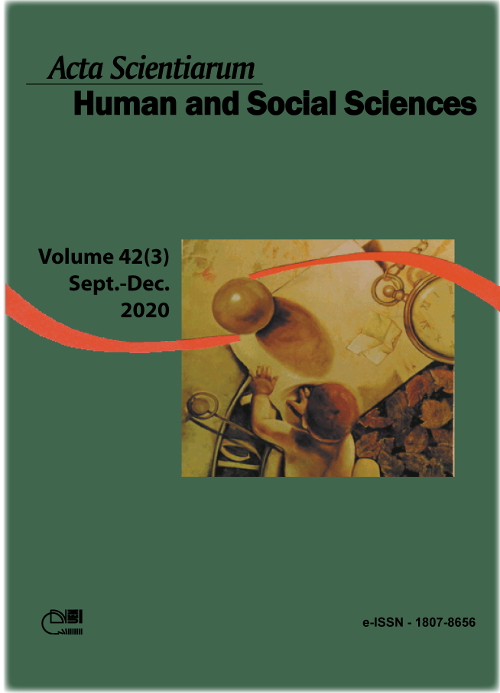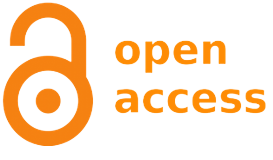Privacy and autonomy in the Big Data era
Abstract
In this article, we aim to analyze some of the current challenges posed by Information and Communication Technologies (ICT), regarding issues of privacy and autonomy with regard to the control of personal data, through Big Data resources. Our analysis is restricted to the personal data that identifies or can identify a person, in order to put their privacy and autonomy in check. Inspired by hypotheses made by John Stuart Mill about the influence that society has on individuals, we argue that individual independence must be protected in the face of imposing, and sometimes irrational, practices that collective opinion can have on individuals. A difficulty suggested by Mill would be to identify, in practice, the limit between the person’s autonomy and social control. We argue that, even in different contexts, this difficulty not only persists in the contemporary Information Society, but is also pressing with the accelerated development of ICT, Big Data, Internet of Things and Ubiquitous Computing that make up a significant part of the lives of individuals. We admit that the possibilities presented by the ICT are, in many cases, consolidators of basic rights such as the access to information, among others; however, governmental and business surveillance and control, facilitated by the development of ICT, in turn, leads us to inquire about possible negative consequences on individual autonomy in the current Information Society. Considering the three Vs characteristic of Big Data: volume, speed, in real time, and variety (Laney, 2011), we discuss in this article positive and negative aspects of the use of Big Data resources, especially by governments and large corporations, with regard to their influence pricy and human autonomy.
Downloads
DECLARATION OF ORIGINALITY AND COPYRIGHTS
I Declare that current article is original and has not been submitted for publication, in part or in whole, to any other national or international journal.
The copyrights belong exclusively to the authors. Published content is licensed under Creative Commons Attribution 4.0 (CC BY 4.0) guidelines, which allows sharing (copy and distribution of the material in any medium or format) and adaptation (remix, transform, and build upon the material) for any purpose, even commercially, under the terms of attribution.
Read this link for further information on how to use CC BY 4.0 properly.























